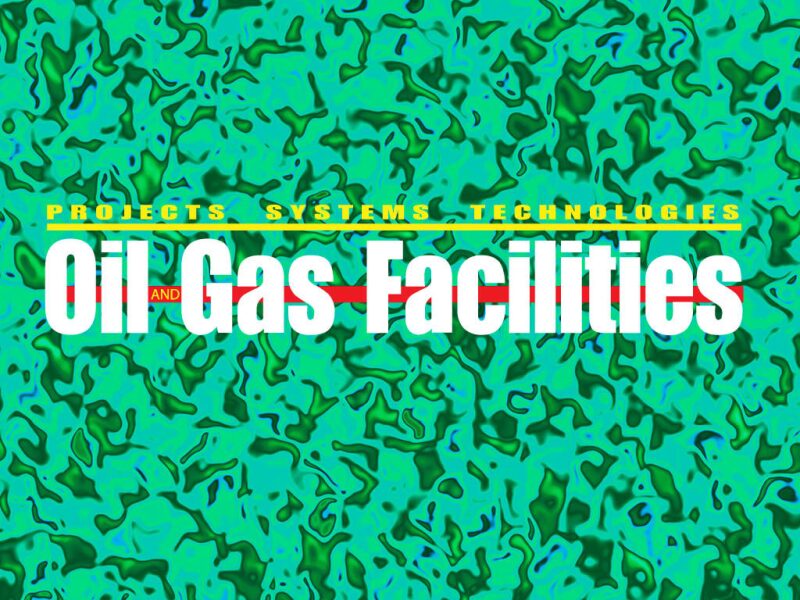Summary
A new methodology for oil/water horizontal pipe separator (HPS) design and performance prediction is developed. The separator diameter is determined on the basis of oil/water flow-pattern prediction. A batch separator model is adopted and modified for pipe flow to predict the separator length for achieving a desired separation quality. An experimental program is carried out to validate the proposed model.
Introduction
For oil/water mixtures in horizontal pipes, the occurring flow patterns can be classified as dispersed and segregated. For the segregated flow pattern, the phases can be separated by gravity because of the lower velocities of the phases. This phenomenon allows the use of a simple horizontal pipe as an oil/water separator, namely the horizontal pipe separator (HPS). The HPS can be used as an attractive alternative to conventional separation systems.
The incoming mixture consists of one defined continuous phase and one defined disperse phase. The total volume of drops entering the separator is equal to the incoming dispersed-phase flow. A schematic of the oil/water separation process for water-continuous flow in a HPS is presented in Fig. 1. For this case, the oil enters into the separator as dispersed phase. The turbulence occurring at the entrance of the separator keeps the oil droplets dispersed in the pipe cross-sectional area, delaying the formation of the oil and/or the dense-packed layers at the upper part of the pipe. The dense-packed layer is characterized by oil droplets separated only by a thin water/liquid film. Below this layer, droplets are sparse, moving upward because of gravity, forming the sedimentation layer. Finally, the free water layer occurs at the bottom of the pipe. Both the oil and the water layers increase in height as the flow moves downstream. The HPS is proposed to operate only in laminar flow; turbulent flow hinders separation, because turbulent fluctuations promote mixing of the phases, resulting in a lower separation efficiency.

